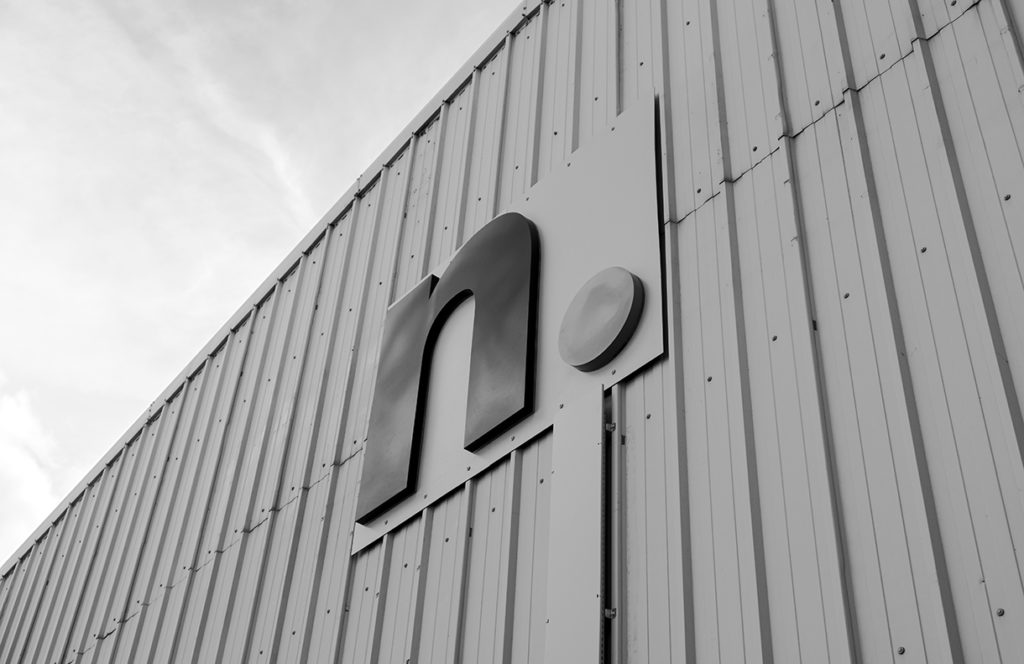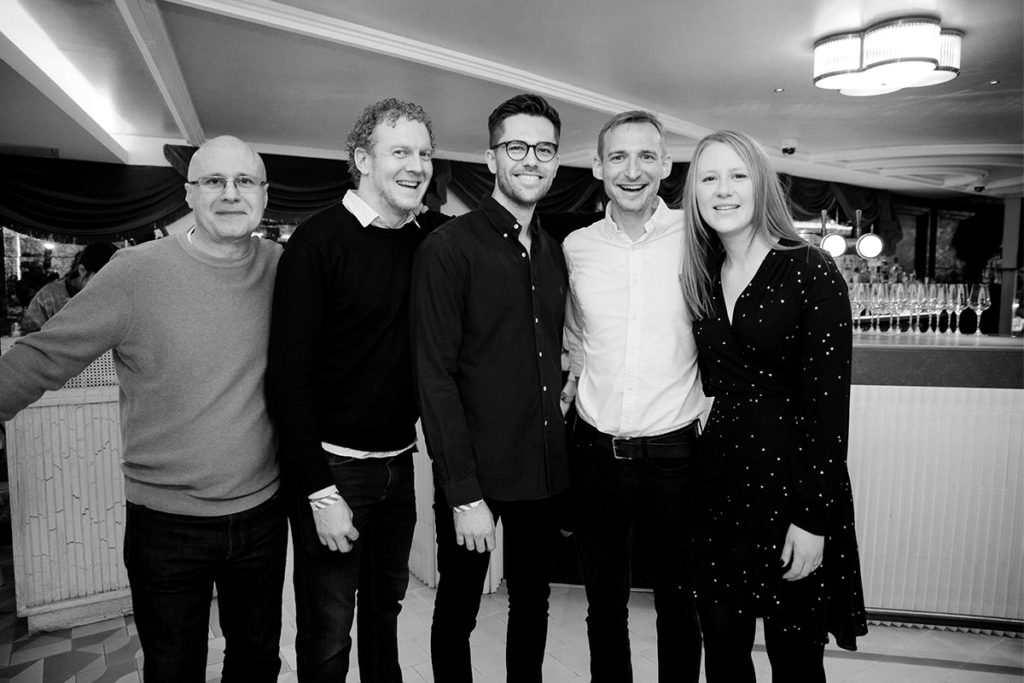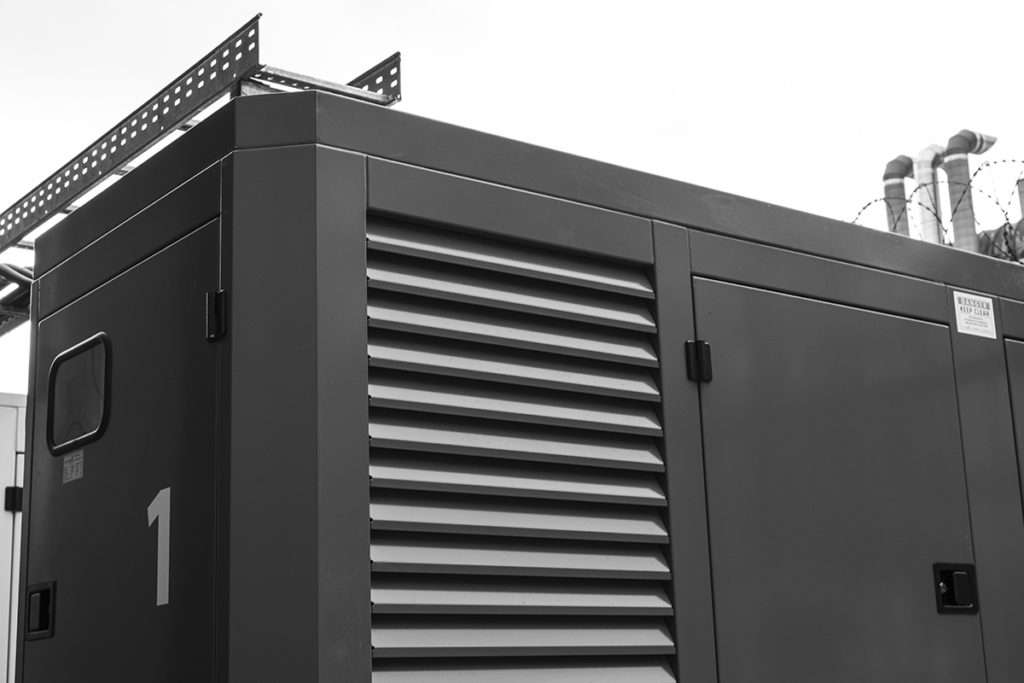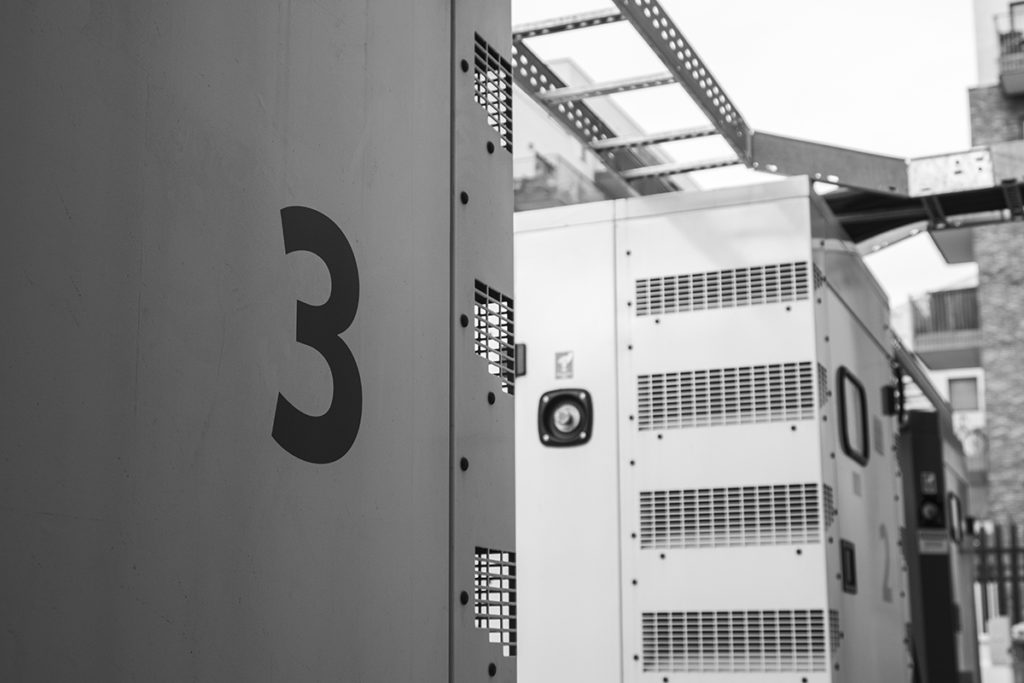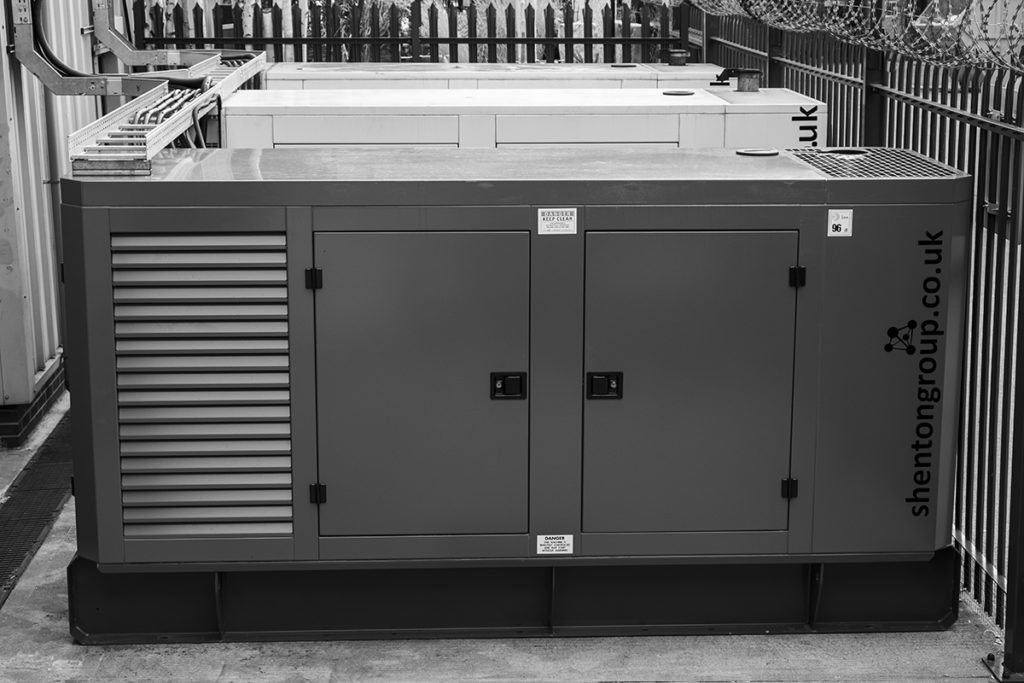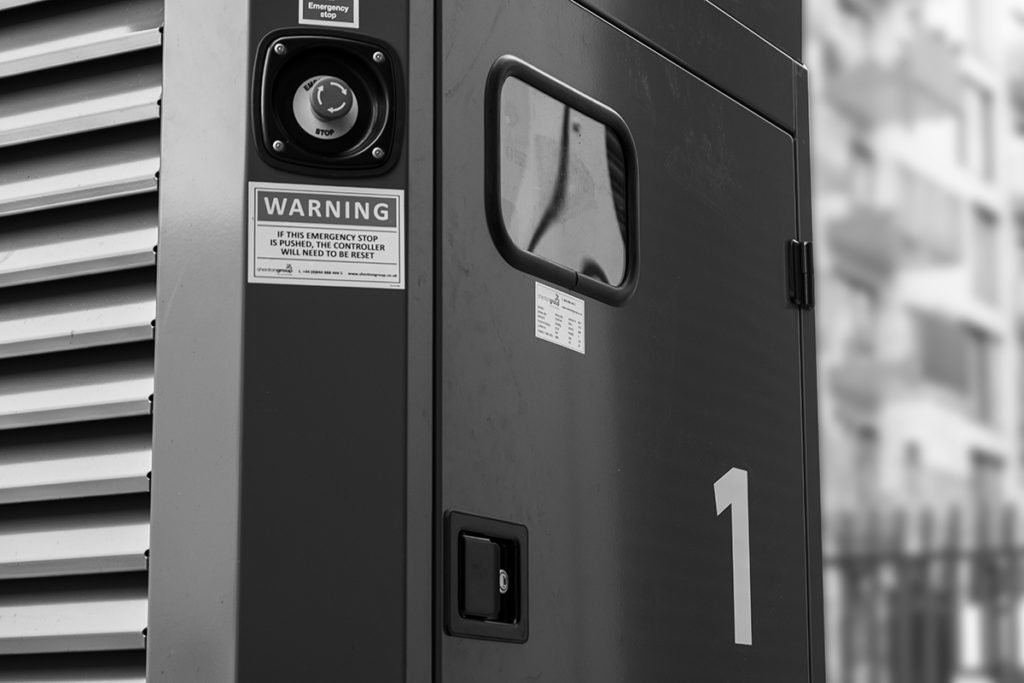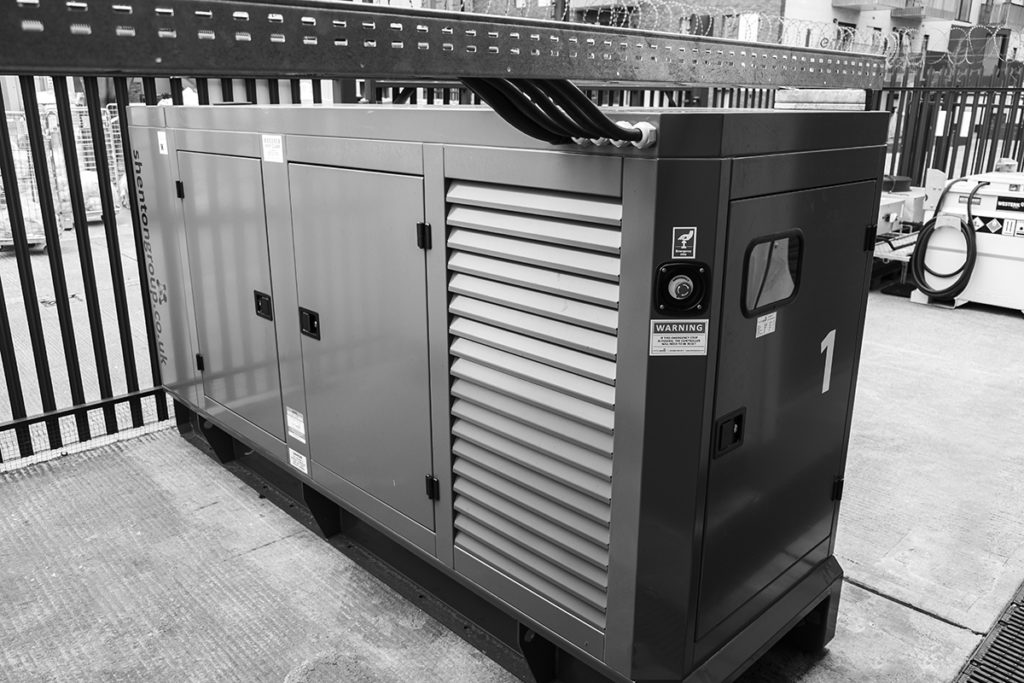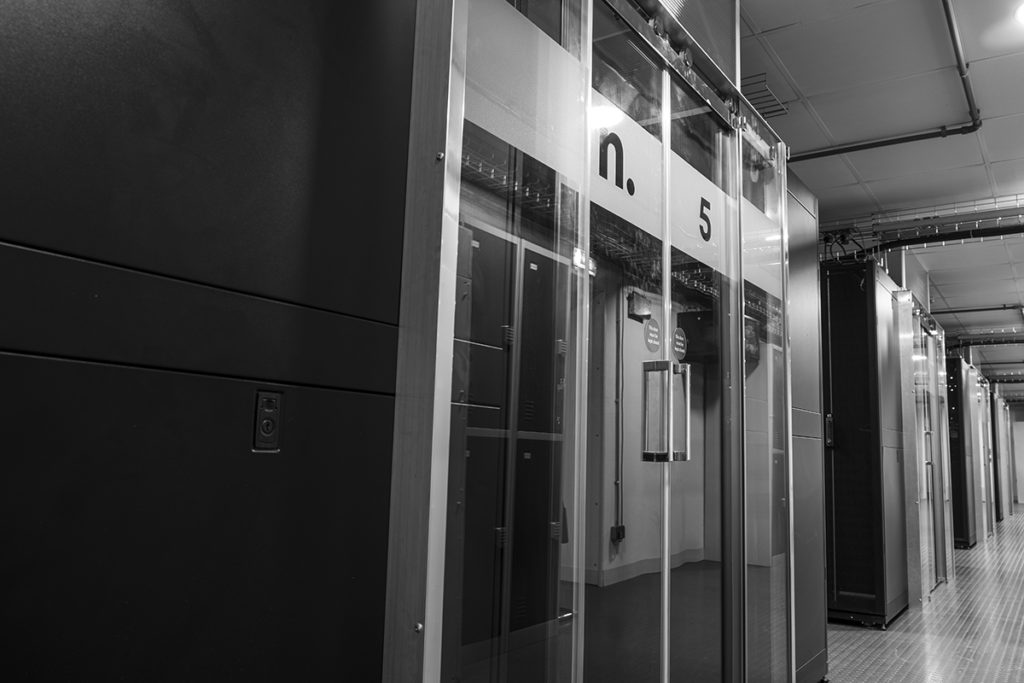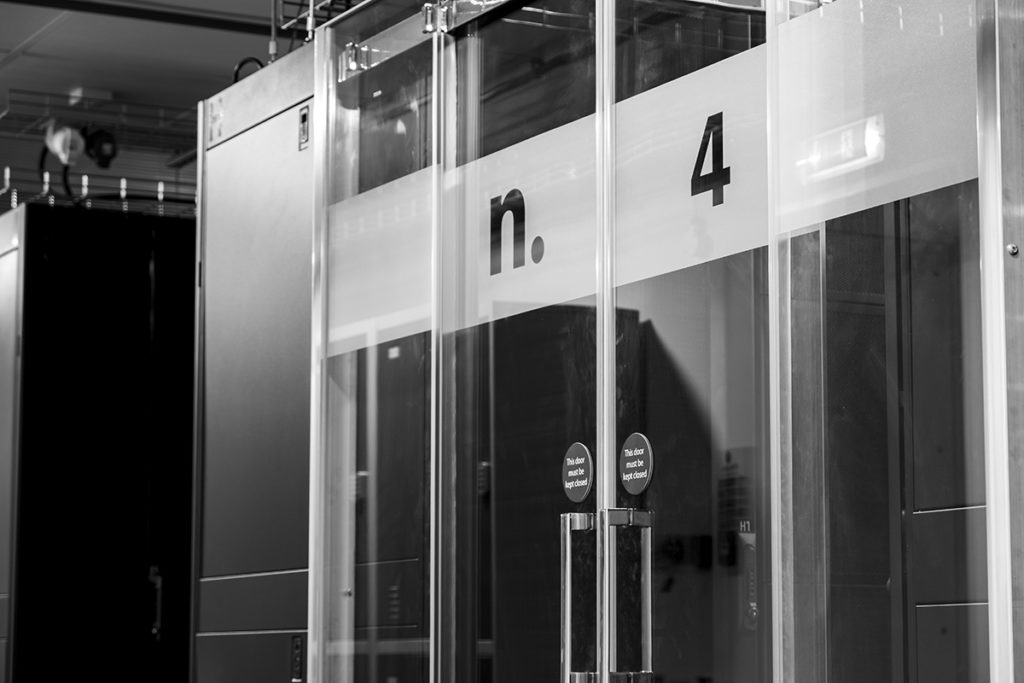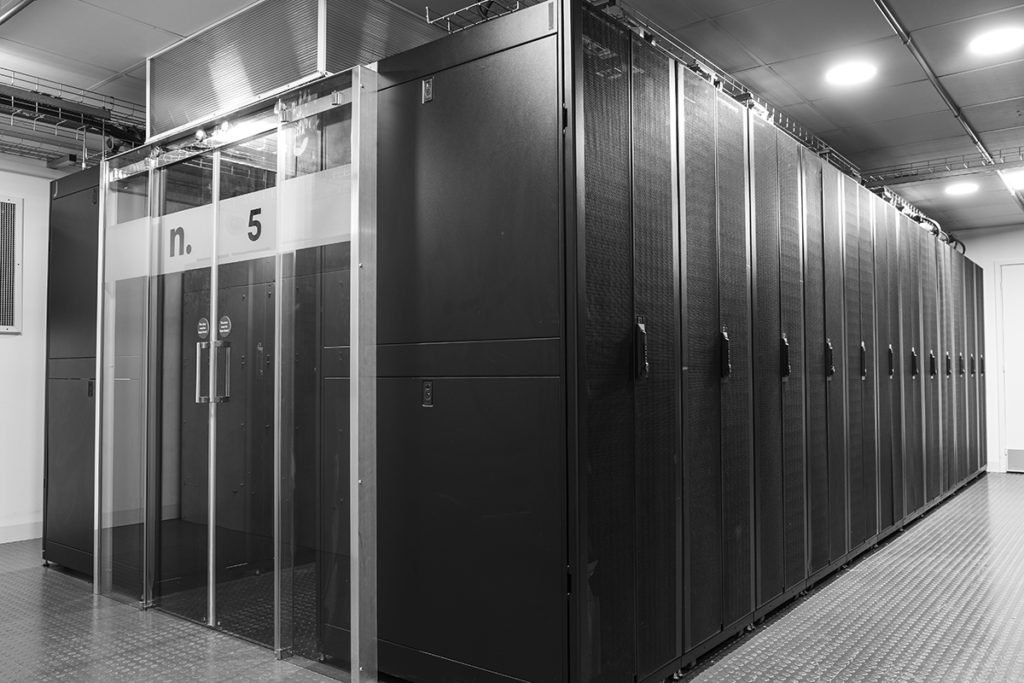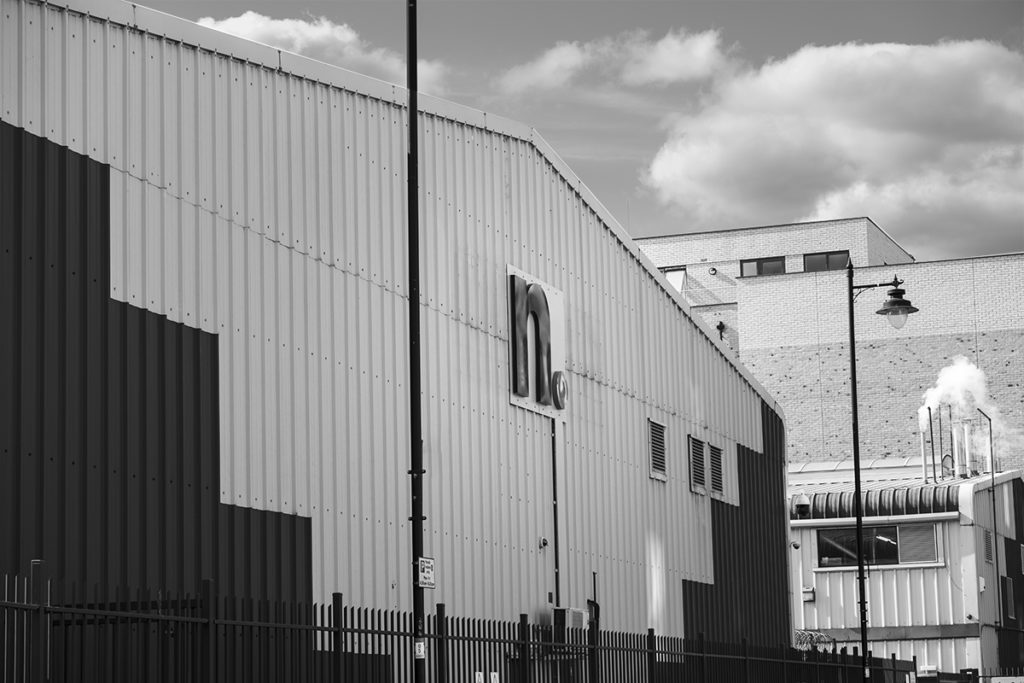Who do you trust to store your critical company data?
Gone are the days of businesses storing all their records on-site. Even self-contained computer systems can’t cope with today’s networking needs.
Enter the data centre.
Data centre solutions offer storage, collection, processing, and distributing huge volumes of data. The service runs 24/7 with ongoing support. Customers range from small businesses up to large enterprises.
It’s estimated that the number of internet users is to grow to 5.3 billion by 2023. Transferred data will climb to 3.3 zettabytes by 2021. Data centres lie at the very heart of this global communication infrastructure.
As new technologies emerge, like the Internet of Things (IoT) and 5G, it’s essential to choose the right solution for your business.
This guide examines what to look for when hosting your data. How can you save money, increase productivity, and take advantage of ‘the cloud’?
Read on to find out more about data centres and how they can help your business.
What are data centres?
Simply put, a data centre offers a dedicated place to store your data.
Emails, customer files, reports, orders, and communications need to be saved somewhere safe. Traditionally this happened on-site at your business premises. A small server would be hooked into your local network and data simply flowed through it.
But what if you got bigger? What about larger firms needing remote access? What about physical and digital security? And who was going to manage it all?
New data centre technologies don’t have the limitations of old local area networks.
Data is centralised and distributed as required. A good facility is hooked directly into the backbone of the internet to offer high-speed access every second of every day. Your records are always accessible and kept secure from digital and physical attacks.
How does a data centre work?
Every data centre is comprised of similar core components, including:
- Resilient power infrastructure (at least A+B)
- Resilient network infrastructure
- Efficient cooling systems
- Highly secure rack space
- 24×7 on-site technicians
Everything is housed in a secure, closely monitored environment. Data is routed in and out of the facility by carriers and ISPs, and processed on systems within the data centre. Security of the information is paramount, so system administrators and engineers are constantly monitoring the network and facility infrastructure.
Our London data centre is 11,000 square feet and has capacity for two-hundred racks. We are qualified Cisco specialists and offer a best-in-class 40/100GigE network.
The facility is deployed in a two data hall configuration. We use N+2 CREC cooling units to make sure client hardware is kept cool. Power is regulated through dedicated UPS infrastructure.
How can data centre solutions benefit my business?
Customer’s who have made the jump to data centres say the service is now critical to their business functions.
Here are some major benefits for you to consider:
- Reduced operations costs – kit is looked after for you off-site
- Dedicated support – on-call day and night
- Colocation – rent dedicated space for your systems
- Modern infrastructure – faster, more powerful technology
- Fully protected – physical and digital security
- Fewer overheads – no air conditioning and power bills on-site
- High up-time – business systems keep going 24×7
- Monitored data flow – resilient, high-speed internet connection
- ISO 27001 – certified information security
Don’t just take our word for it. Check our client success stories to read how we helped benefit their businesses.
How to choose the right data centre
From server colocation to how to set up data centre security systems, what do you need to consider when choosing a provider?
Space
Data centres are sometimes called server farms because they host multiple computers. They are stacked into racks and the greater the square footage the greater the volume of servers.
Question what the size of the data centre is. How much to rent a rack? Are there discounts for renting extra space, on longer term agreements?
Power
Data centres use a huge amount of electricity every year. How is that generated? Is the energy renewable and green?
Our flagship data centre in London relies on 100% renewable energy. We were awarded the Best Green Business by SLBA and are committed to reducing our carbon footprint.
Connectivity
Latency, or the delay in transferring data, impacts how your business applications work. The lower the delay, the faster your software can communicate with users, for example.
Connectivity includes speed and reliability. Has the data centre got a good track record delivering these? Do they offer specialised services such as P2P circuits and leased lines?
Security
Major security concerns include ransomware and DDoS, but not all threats are digital.
A good data centre also considers physical threats. With the increasing likelihood of an attack happening on a data centre’s premises, how effective is their security?
Support
Ticketing systems are the gateway to support requests. What is the average time to respond to a ticket? Will you be speaking to the same person on the next important call?
We have an average response time of just 2 minutes. Our network status page highlights any downtime and upcoming events.
Additional Services
Some industries require a specialist service. For example, companies storing chemical substance data must conform to the format of OECD and REACH.
We offer a dedicated IUCLID 6 hosting plan. Data remains private and scales on an enterprise-class platform.
House your data in a data centre today
The benefits of data centre solutions are clear.
Take full advantage of the latest technology for your business. Be it colocating your servers or buying a dedicated hosting plan, our facilities are purpose-built for you.
Get in touch today to discuss your requirements. If you live nearby feel free to come in for a cuppa and a tour.
We’ll put the kettle on!

